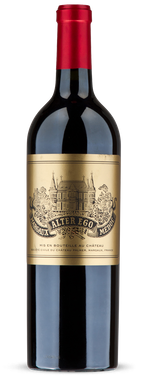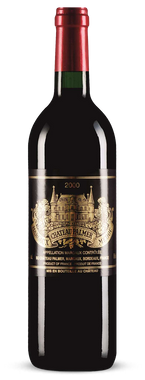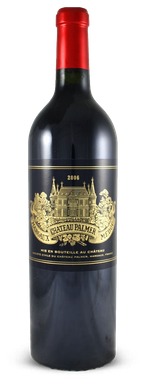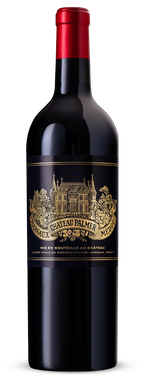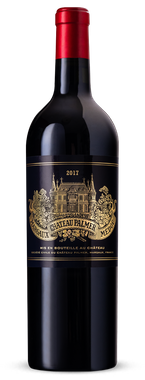Officially ranked as a Third Growth (3ème Grand Cru Classé) in 1855, the estate dates to the 17th century, but it was not until 1814 that Englishman Charles Palmer took ownership and gave it his name. Famous at the English court as a ladies’ man and for his military victories, he fell under the spell of Bordeaux as well as the charms of Marie de Gascq – a beautiful widow who convinced him to buy her estate. In June 1853, the brothers Isaac and Emile Péreire – famous bankers and rivals of the Rothschilds – bought Palmer and immediately invested in the estate. However, they weren’t able to bring Chateau Palmer up to first growth status in time for the famous 1855 classification. It was thus ranked a Third Growth, although it is widely recognized as among the greatest wines of Bordeaux, rivalling with famous First Growths at their best.
Chateau Palmer's reputation was firmly established as one of the Médoc's most revered estates by the turn of the twentieth century, but a severe decline followed before the estate was rescued in 1937 by a group of esteemed families, from whom the Sichels and the Mahler-Besses still retain joint ownership. The great improvements in the winemaking were established beyond doubt when Palmer surpassed Chateau Margaux with its legendary 1961 and then repeated the feat with the 1983 vintage. Since 2004, the estate has been led by the charismatic agronomist and oenologist Thomas Duroux, who had previously made wine at Ornellaia in Tuscany. Under his leadership, the Chateau has been a pioneer in biodynamic conversion and was fully certified in 2017 - one of the few Bordeaux estates that farm this way.
Historically known as having a larger than usual proportion of Merlot in the blend as compared with its left Bank peers, the vineyards are planted with 47% Merlot, 47% Cabernet Sauvignon and 6% Petit Verdot. Oak is used as an accent rather than a loud voice (20-22 months of which 50% new), and sulphur, which acts as a preservative but can hide flavours, is used as sparingly as possible. The result is two styles: the flagship Château Palmer, a lush, expressive wine that rewards those with patience to stash a bottle away for years. Alter Ego de Palmer, on the other hand, serves those with less restraint. Both show the signature, silky and smooth touch of the estate, comforting their place amongst the very best of the wine world.
This week we have the pleasure of welcoming the Chateau in Cape Town and Johannesburg for a series of exclusive experiences, and in coordination with the visit, have been privileged to receive consignment straight from the estate’s cellar of 2017, 2010, 2006 and 2000 vintages.
More special vintages can be sourced on demand.
